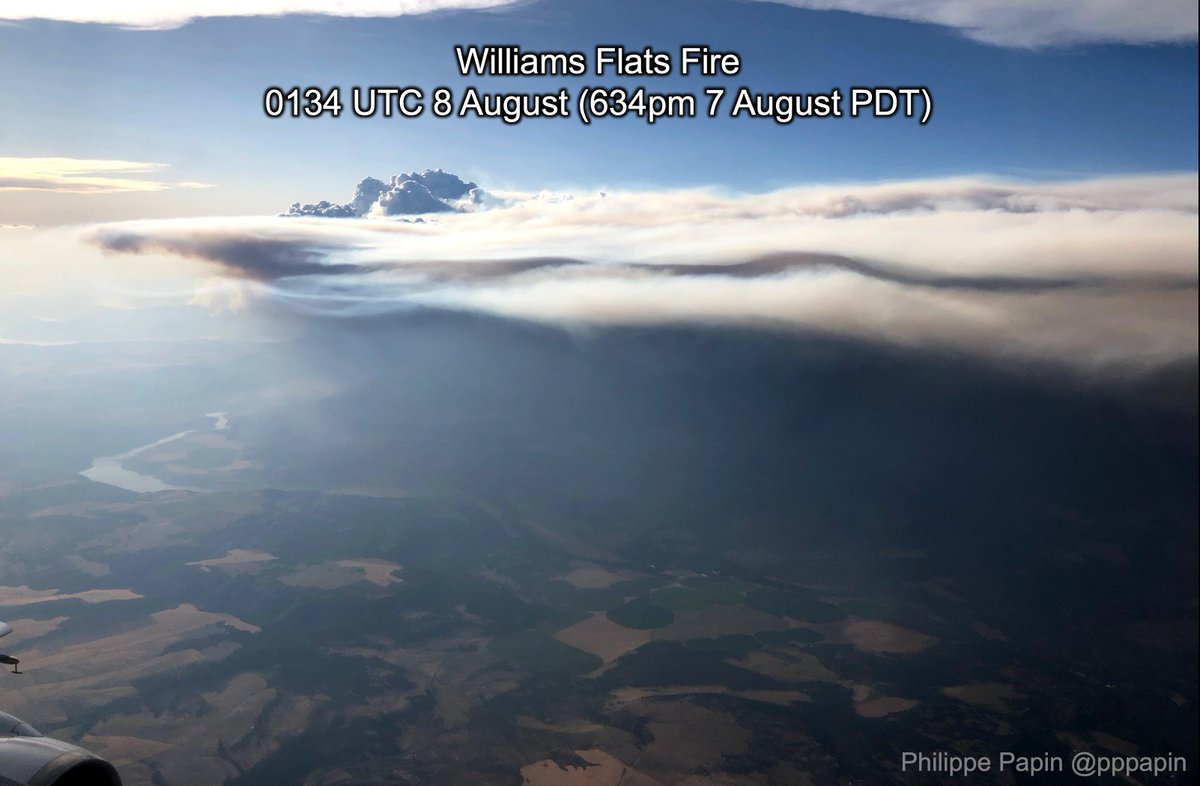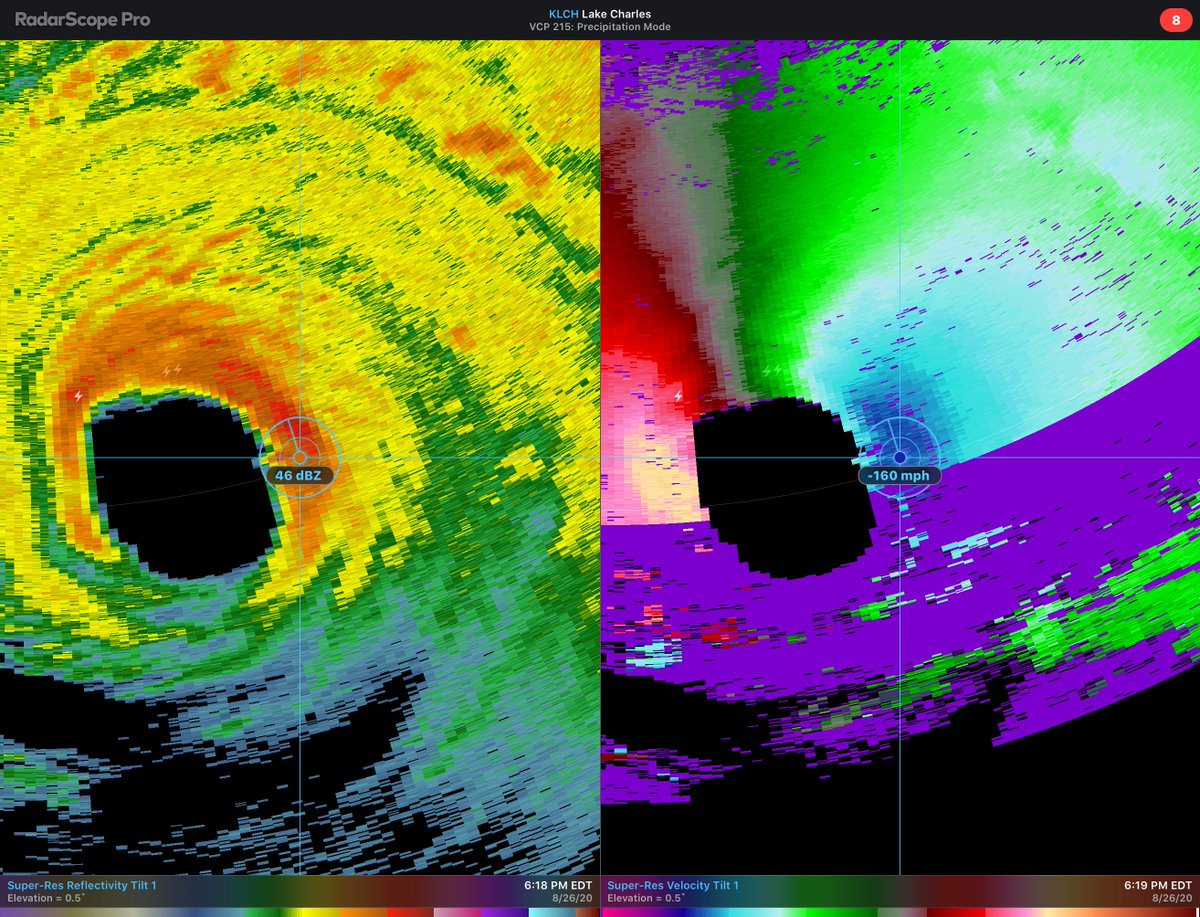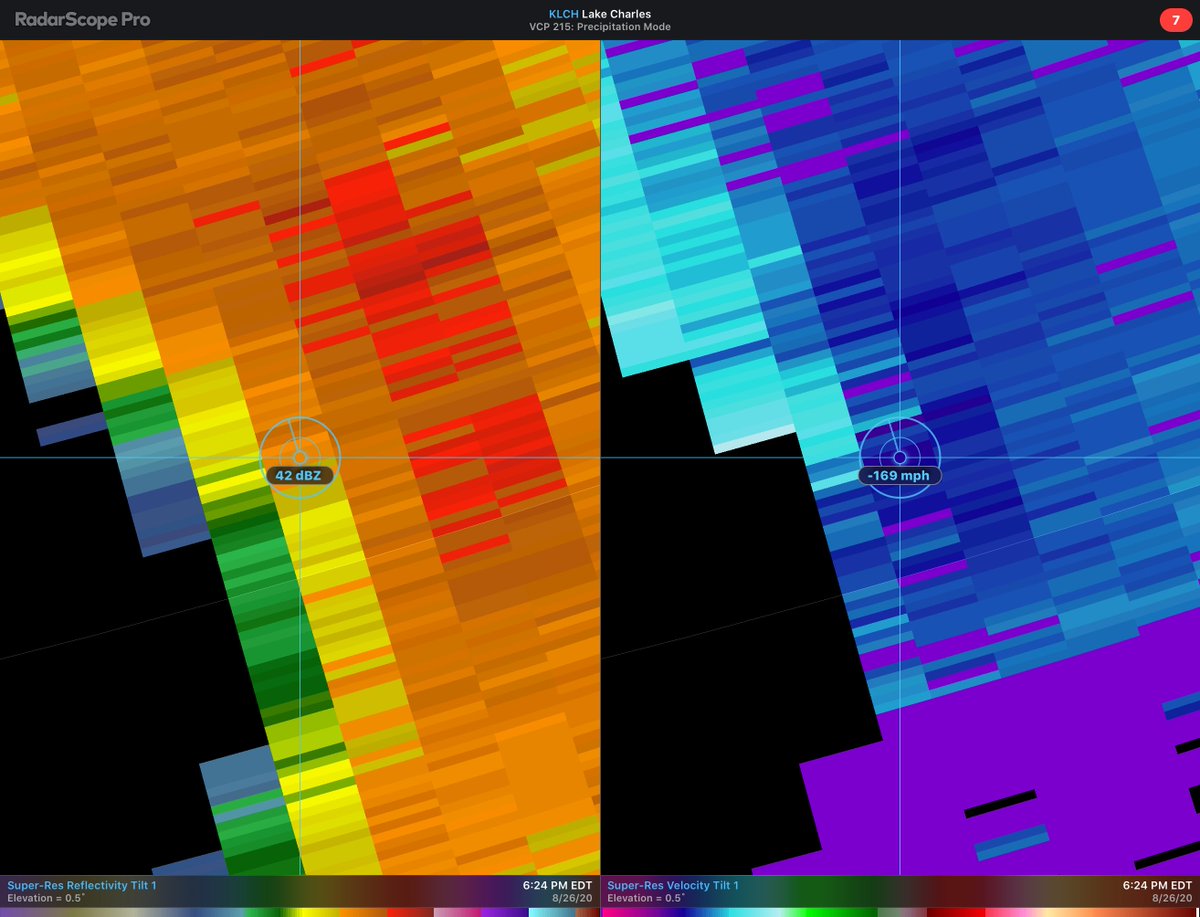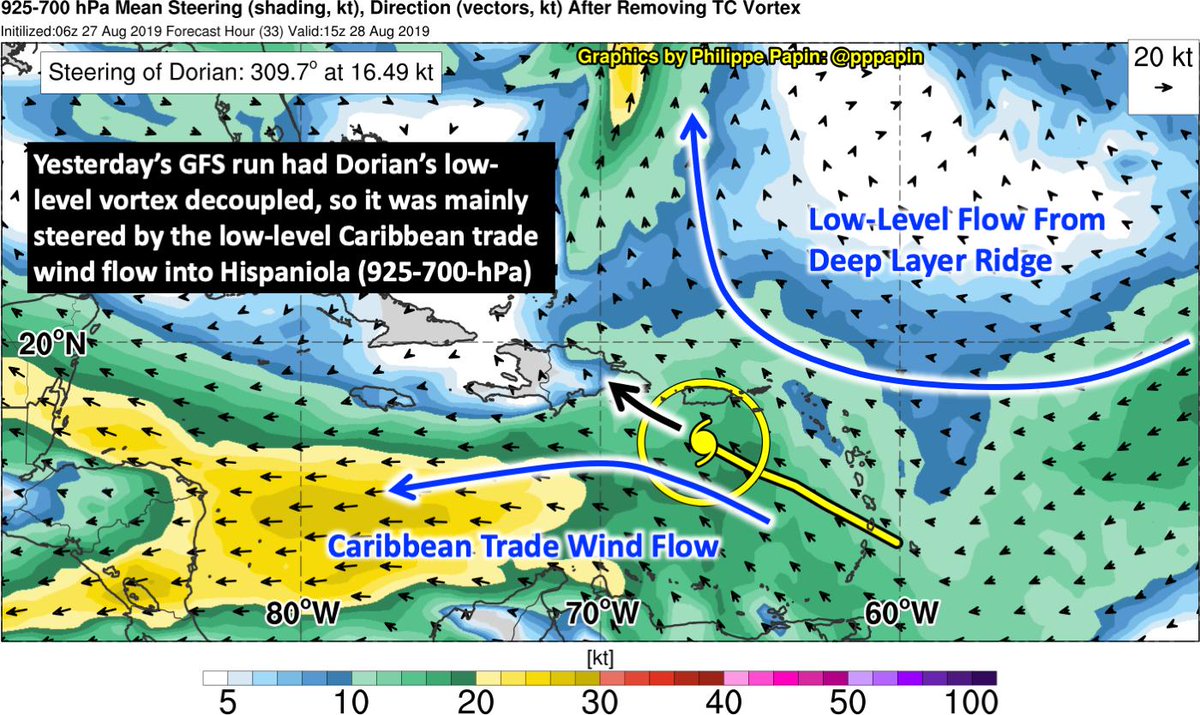
Last Wednesday (08-07-19), I flew on the @NASA DC8 for the first time, when the plane sampled the #WilliamsFlatsFire for #FIREXAQ. We sampled the fire for 3 hours (5pm-8pm PT) making 10+ passes into smoke & pyrocumulus.
This thread is a sample of photos I took on the flight.
This thread is a sample of photos I took on the flight.

@NASA We first did an east-to-west longways pass over the smoke & Pyrocumulus (#PyroCu) cloud around 5pm PT. This photo suggests that the PyroCu updrafts are lofting smoke well above the boundary layer.
You can also see the Columbia River in the right part of the photo.
You can also see the Columbia River in the right part of the photo.

@NASA Immediately afterwards we saw the source of the #WilliamsFlatsFire below attempting to cross the mountains. 

@NASA After that, we did a bunch of north-south transects through the smoke plume downstream of the fire. We flew as low as 12,000ft on these transects in an attempt to sample the thickest part of the smoke. At the thickest parts, the sun is barely visible as a red disk in the smoke. 

@NASA In case you were wondering, yes you can smell smoke inside the DC8. It smells differently in the center vs. the edge of the smoke plume, likely related to different chemistry.
The good news is smelling the smoke is relatively safe (you inhale more aerosols in a campfire on avg).
The good news is smelling the smoke is relatively safe (you inhale more aerosols in a campfire on avg).
@NASA This might be my favorite photo of the #WilliamsFlatsFire. Looking from the south, you can see the PyroCu poking above the smoke layer.
Note also the multiple smoke layers, separated by a clear gap. Not sure what causes these stratification layers, but they sure look cool!
Note also the multiple smoke layers, separated by a clear gap. Not sure what causes these stratification layers, but they sure look cool!

@NASA While we flew over & through the smoke plume, there was an onboard LIDAR taking observations all along the way. This was from an east-west overpass over the #WilliamsFlatsFire. You can see how clouds attenuate the signal much more than the smoke further downwind. 

@NASA Okay maybe I lied, I think this photo nearing sunset takes the cake! You can see the entire fire sloped from the ground, up to the PyroCu & smoke plume on the right edge.
Just absolutely stunning. Photos don't do it justice.
Just absolutely stunning. Photos don't do it justice.

@NASA Okay, one last photo, showing the DC8 flight track through the #WilliamsFlatsFire on 08-07-19 w/ true color GOES-16 imagery overlaid.
This was still in-flight, as we did one more set of N-S passes after, but it gives you an idea of the sampling strategy through the smoke plume.
This was still in-flight, as we did one more set of N-S passes after, but it gives you an idea of the sampling strategy through the smoke plume.

@NASA If it wasn't already obvious, this has been such an incredible experience to be part of #FIREXAQ.
I usually study TCs & midlat dynamics, so this was a bit out of my comfort zone, but I'm thankful @DrDavePeterson asked me to help as a lead forecaster for the campaign.
fin.
I usually study TCs & midlat dynamics, so this was a bit out of my comfort zone, but I'm thankful @DrDavePeterson asked me to help as a lead forecaster for the campaign.
fin.
• • •
Missing some Tweet in this thread? You can try to
force a refresh








